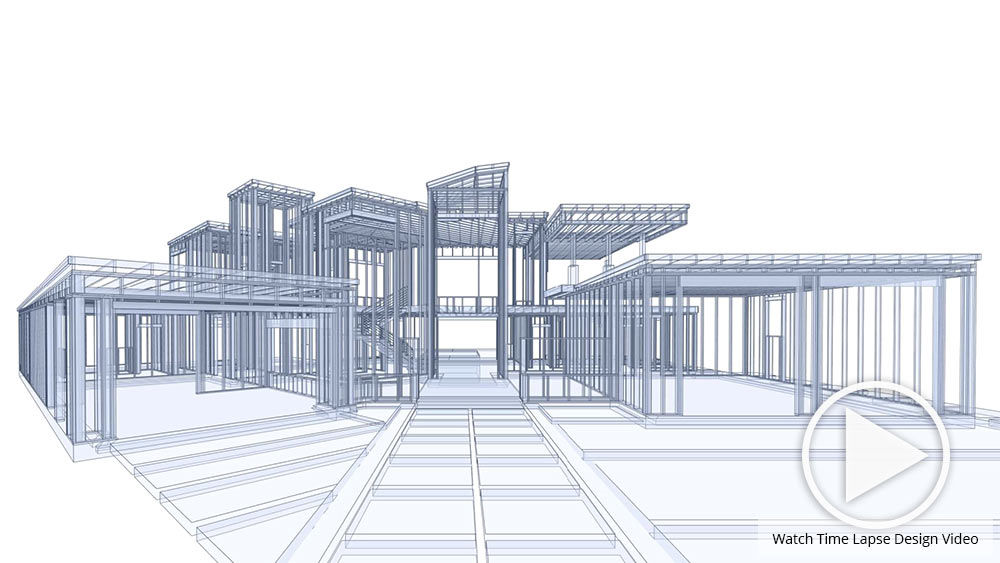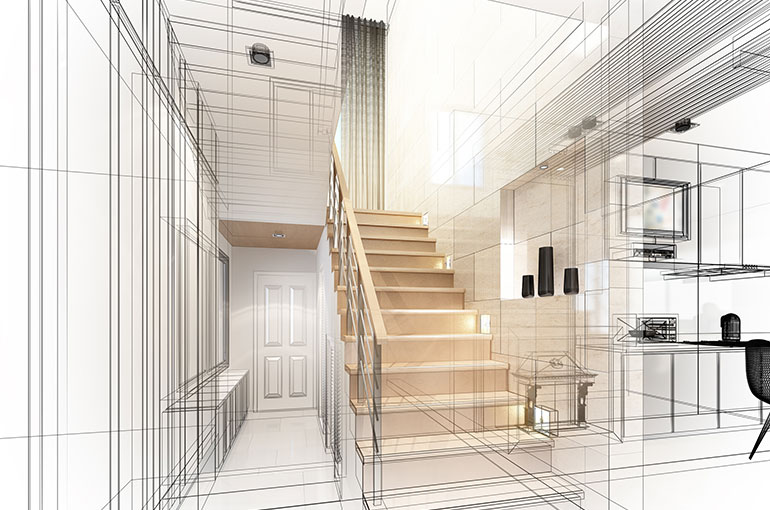Elevate Your Structure Layout with the Expertise of CDA Architects
Elevate Your Structure Layout with the Expertise of CDA Architects
Blog Article
The Influence of Technological Improvements on the Design Practices of Contemporary Architects
The rapid advancement of technical tools has actually considerably reshaped the layout landscape for contemporary architects, cultivating unmatched levels of technology and sustainability. The combination of Building Details Modeling (BIM), parametric style, and fabricated intelligence has not just streamlined cooperation among varied groups yet also redefined job execution. As engineers embrace these innovations, they are confronted with intricate challenges that can impact their imaginative processes. Checking out these dynamics exposes a nuanced interaction between technology and typical style methodologies, motivating a closer assessment of what the future holds for architectural techniques.
Development of Architectural Devices
Exactly how have architectural tools transformed the design and construction procedures over the centuries? The evolution of building devices has actually significantly impacted the performance, precision, and creative thinking of style and building and construction.
With the development of the Renaissance, the introduction of the compass and the protractor marked a critical shift. These tools enabled designers to achieve greater precision in their layouts, assisting in the introduction of more complex and proportional structures. The Industrial Revolution even more reinvented architectural exercise with the intro of mechanical devices and materials, permitting bigger and a lot more ambitious tasks.
In the 20th century, the growth of computer-aided layout (CAD) software application transformed the landscape once more, supplying architects with extraordinary abilities in modeling and visualization. Today, advanced devices such as Building Info Modeling (BIM) and parametric design software program remain to push the limits of architectural innovation, making it possible for a more incorporated approach to style and building processes.
Improved Cooperation in Design
As modern technology remains to progress, boosted partnership in design has ended up being a keystone of modern building technique. The integration of digital devices such as Structure Info Modeling (BIM), cloud-based systems, and advanced visualization software application has actually changed the means architects, engineers, and stakeholders engage throughout the design process. These tools promote real-time communication, enabling groups to share concepts, alterations, and feedback promptly, no matter geographical place.

Furthermore, interdisciplinary partnership has been streamlined through these technical developments, allowing designers to work much more closely with various other specialists, such as metropolitan planners and environmental specialists. The result is a more natural approach to make that thinks about numerous point of views and competence. Eventually, boosted partnership in layout is not merely a pattern; it is vital for producing innovative, practical, and cosmetically pleasing style in a progressively complex globe.
Sustainability With Modern Technology
Sustainability in design has significantly become linked with technical development, driving the market towards environmentally accountable methods - cda architects. Contemporary engineers are leveraging advanced innovations to decrease environmental impact while improving the efficiency of structures. One prominent example is making use of Structure Information Modeling (BIM), which permits specific planning and resource allotment, minimizing waste throughout construction and promoting power performance throughout a building's lifecycle
Furthermore, wise products and energy-efficient systems are being incorporated right into layouts to maximize source use. Technologies such as solar batteries and green roof systems harness renewable resource resources, adding to lowered carbon footprints. Additionally, the application of synthetic intelligence in style procedures Find Out More makes it possible for engineers to imitate and analyze power intake, leading choices toward more sustainable end results.
The assimilation of lasting modern technologies not only lines up with global environmental goals but also fulfills an increasing demand from customers for environmentally friendly solutions. As architects accept these innovations, the emphasis moves towards creating spaces that are not just visually pleasing but additionally functionally lasting, thus redefining the standards of modern-day style. In this method, innovation acts as a catalyst for sustainability, making it possible for engineers to create buildings that regard and enhance the native environment.
Challenges in Implementation
While technical innovations in design hold terrific guarantee for boosting sustainability, their application frequently runs into considerable challenges - cda architects. One key barrier is the steep understanding curve connected with brand-new technologies. Engineers and building professionals might require extensive training to properly utilize sophisticated software and tools, which can postpone job timelines and raise costs
In addition, the combination of emerging innovations, such as Building Info Modeling (BIM) and sustainable materials, often requires partnership across multidisciplinary teams. This cooperation can be prevented by differences in experience, workflows, and communication styles, bring about potential conflicts and ineffectiveness.
Financial restraints further complicate the adoption of ingenious modern technologies. Many architectural companies, specifically smaller sized ones, might do not have the sources to purchase advanced tools, restricting their capability to take on bigger companies that can manage such financial investments.
Moreover, regulatory frameworks and building regulations may not keep rate with technical advancements, creating ambiguity and potential compliance issues. This challenge can discourage architects from fully welcoming brand-new innovations, as the danger of non-compliance might exceed the navigate to these guys benefits. As a result, resolving these execution obstacles is critical for the successful assimilation of technical improvements in modern architectural practices.
Future Fads in Style
The difficulties connected with the implementation of brand-new innovations in architecture have triggered a reevaluation of future trends within the sector. As designers navigate concerns such as sustainability, urbanization, and social equity, they are increasingly adopting cutting-edge modern technologies to boost style performance and environmental performance.
One famous pattern is the integration of artificial knowledge (AI) in the style process. AI devices can examine substantial datasets to educate layout choices, boosting both imagination and capability. In A Similar Way, Read Full Report Structure Information Modeling (BIM) proceeds to progress, enabling real-time collaboration among stakeholders and helping with streamlined project administration.
Sustainable style techniques are also acquiring energy, with architects concentrating on flexible reuse and regenerative design principles that decrease source consumption and waste. The consolidation of clever materials and renewable resource sources will additionally boost the resilience of buildings when faced with environment change.

Conclusion
Technological innovations have actually dramatically reshaped architectural design practices, facilitating boosted accuracy, partnership, and sustainability. The assimilation of tools such as Building Info Modeling and parametric layout software, together with man-made intelligence and clever products, empowers architects to address intricate difficulties a lot more properly. While implementation may offer certain barriers, the ongoing advancement of these innovations guarantees to drive development in design. Future fads will likely better highlight sustainability and efficiency, ultimately redefining the constructed atmosphere.
Report this page